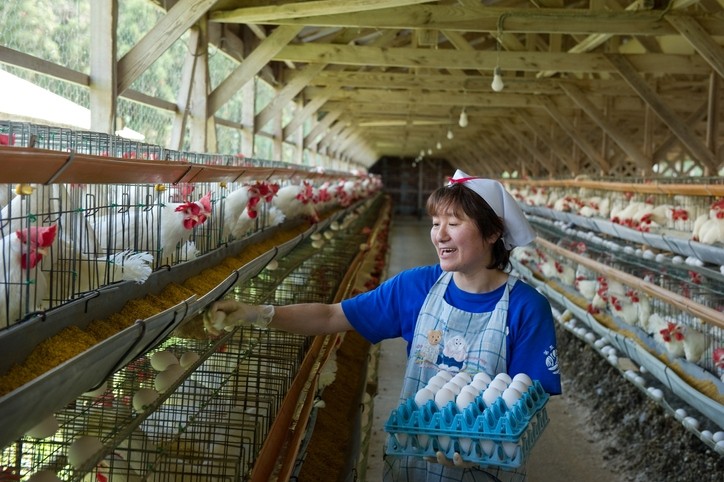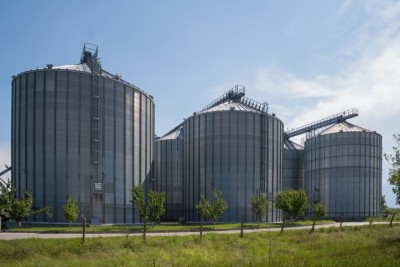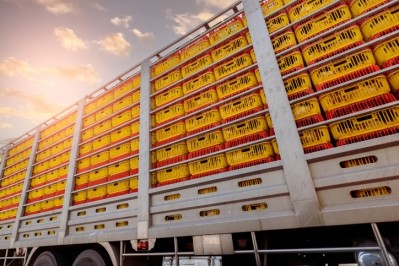Disease hurting Japanese feed demand

A report from the Foreign Agricultural Service (FAS) of the US Department of Agriculture (USDA) estimates that Japanese feed mills will boost corn-in-feed rations this year. Lower corn prices should result in that grain replacing some sorghum, barley, and rice in formulations, particularly for laying hens.
The team also anticipate that Japan’s wheat imports will be lower this year due to in part to a projected dip in feed demand for that crop.
They cut Japan’s 2023/24 feed use of wheat by 100,000 tons, to 650,000 tons, from the official USDA forecast of 750,000 tons. FAS Tokyo anticipates larger corn use in feed rations and smaller global exportable wheat supplies, especially in Australia and Canada, from which Japan predominantly sources feed wheat.
The authors also anticipate lower barley imports as well, again on anticipated weaker feed demand.
The report shows that based on projected higher sorghum prices due to lower production of the crop in Australia, the dominant sorghum supplier to Japan, the use of that input in feed formulations will be reduced in 2023/24.
With relatively consistent poultry, swine and cattle inventories, Japan’s feed production had been stable in recent years, coming in at around 24 million metric tons. But the sector has a huge reliance on imported raw materials.
Animal disease outbreaks
However, infectious animal disease outbreaks have proved a crucial factor in feed demand variability in Japan of late, according to the publication.
Total feed production is expected to dip 1.5%, falling below 24 million tons, as this year the country faced its worst-ever Highly Pathogenic Avian Influenza (HPAI) outbreak.
Data from Japan’s Ministry of Agriculture, Forestry and Fisheries (MAFF) indicates that layers accounted for 93% of poultry affected by HPAI, resulting in a 5% decline in production of layer feed for the first nine months of 2022/23.
Layers consume 25% of total compound feed production in Japan. Since the last HPAI outbreak in April, layer populations have been recovering.
In August this year, the first outbreak of Classical Swine Fever (CSF) was reported in Kyushu, the southern island of Japan which accounts for one-third of the national swine herd. CSF vaccinations are currently underway there.
"Industry sources anticipate feed demand will recover to the 24 million ton-level in 2023/24 if those vaccinations prevent CSF from spreading."
Compound feed is still pricey
Despite softened global feed grain prices and freight costs, compound feed prices have remained high in Japan since reaching a record high in October 2022, due to the weak Japanese yen. In response, MAFF initiated compensation payments for poultry, swine, and cattle farmers, noted the authors.
However, they forecast a recovery in the Japanese layer population, along with higher swine and broiler inventories but expect smaller cattle herds in 2023/24.












